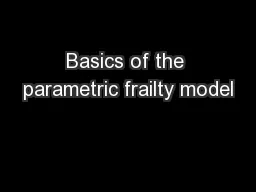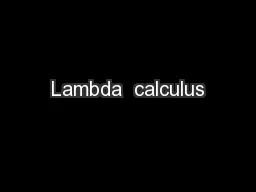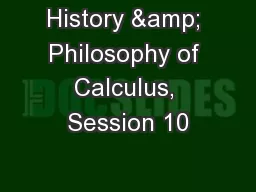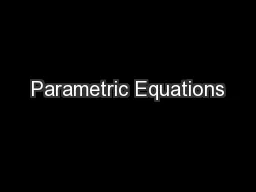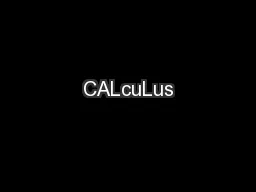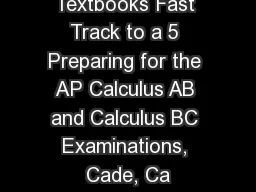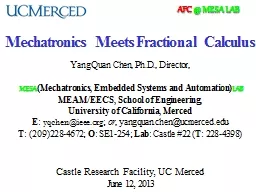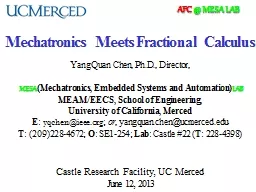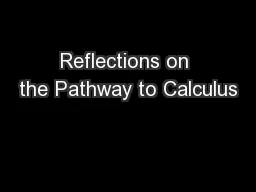PPT-Vector Calculus Parametric equations – 5.6
Author : giovanna-bartolotta | Published Date : 2018-10-29
Jacplus Connections to the Study Design AOS 4 Vectors Vector Calculus Position vector as a function of time and sketching the corresponding path given including
Presentation Embed Code
Download Presentation
Download Presentation The PPT/PDF document "Vector Calculus Parametric equations –..." is the property of its rightful owner. Permission is granted to download and print the materials on this website for personal, non-commercial use only, and to display it on your personal computer provided you do not modify the materials and that you retain all copyright notices contained in the materials. By downloading content from our website, you accept the terms of this agreement.
Vector Calculus Parametric equations – 5.6: Transcript
Download Rules Of Document
"Vector Calculus Parametric equations – 5.6"The content belongs to its owner. You may download and print it for personal use, without modification, and keep all copyright notices. By downloading, you agree to these terms.
Related Documents


